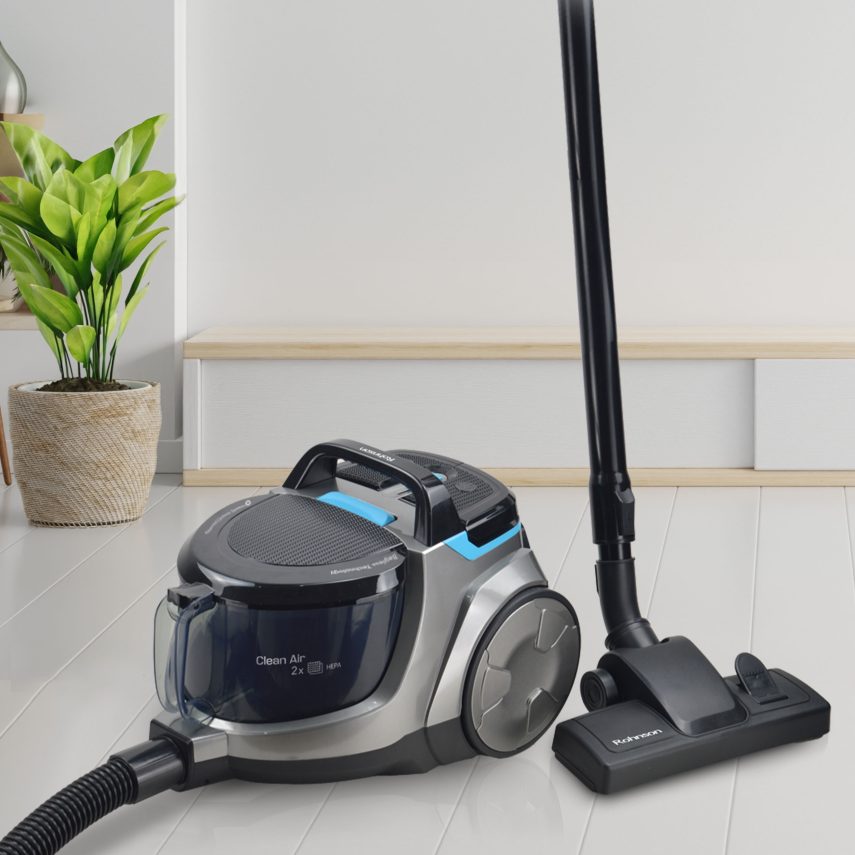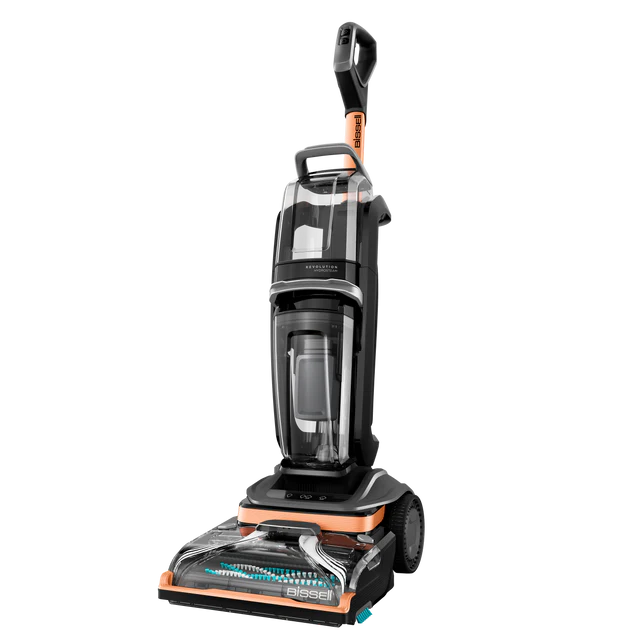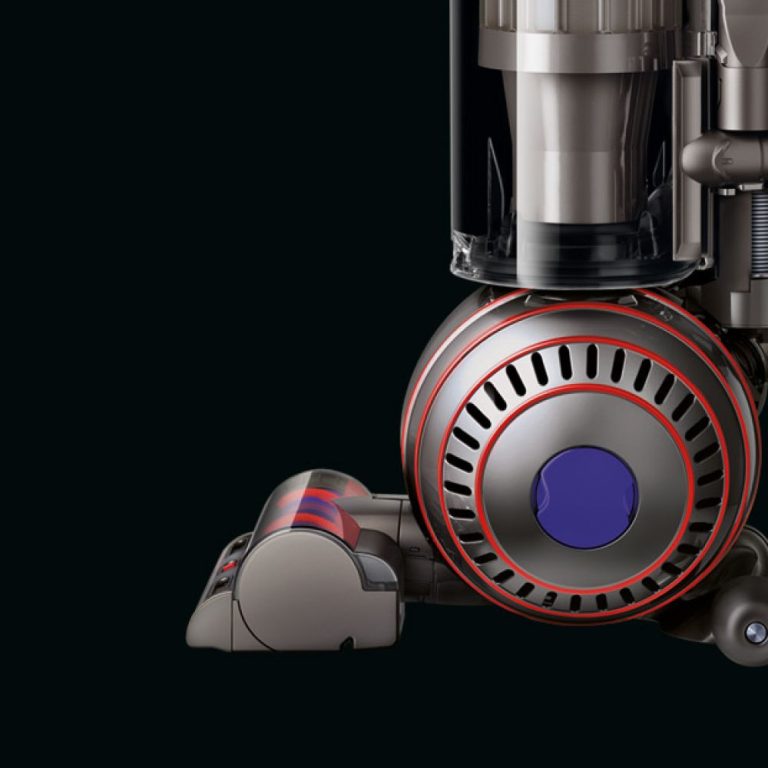Understanding Wattage in Vacuum Cleaners
How many watts does vacuum cleaner use? When shopping for a new vacuum, knowing its wattage is crucial. The wattage tells us how much energy the vacuum cleaner uses. It’s a key detail that affects your energy bill. Vacuums come with different wattages, typically ranging from 250 to 2000 watts.
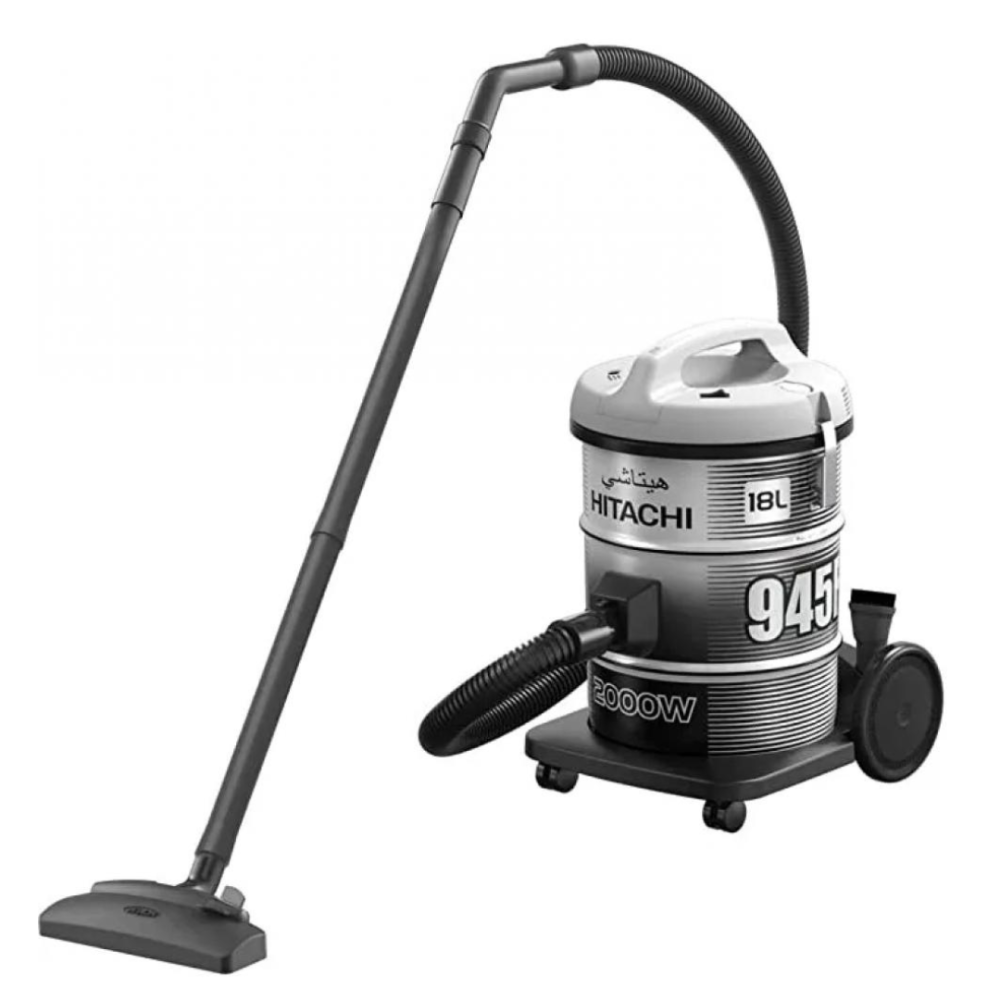
The higher the wattage, the more electricity it uses. But high wattage doesn’t always mean better suction. Other factors also play a part in how well a vacuum cleans. A vacuum with a smart design might use less power but still do a great job at picking up dirt.
Consumers often assume that a powerful vacuum needs high wattage. This is not always the case. Some vacuums with lower wattage are just as effective. They are designed to use energy more efficiently, which saves you money.
Several countries now have regulations on the maximum wattage for vacuums. This is part of an effort to reduce energy consumption. It means that manufacturers are now creating vacuums that clean well but use less power.
Understanding the wattage of vacuum cleaners helps you make an informed choice. You’ll pick a vacuum that not only cleans well but also saves energy. Remember, the goal is to balance cleaning performance with energy efficiency.
Key Factors That Influence a Vacuum Cleaner’s Energy Consumption
Understanding the energy consumption of vacuum cleaners goes beyond just knowing how many watts does the cleaner use. Several factors influence how much energy a vacuum uses. These factors include design efficiency, filtering systems, and the type of motor.
- Design Efficiency: A well-designed vacuum cleaner can provide better suction with less wattage. This means it’s possible to have a cleaner that doesn’t need as many watts to perform well.
- Filtering System: Vacuums with HEPA filters or multiple filtering stages might use more energy. However, they also provide better air quality.
- Motor Type: Different vacuums have different types of motors. Some are more energy-efficient than others. For instance, a brushless motor tends to be more efficient and could reduce energy use.
- Usage Frequency: How often you use your vacuum also affects energy consumption. Using it more frequently will naturally lead to higher energy usage.
- Cleaning Surface: The type of surface you are cleaning can impact energy usage. Hard floors may require less power compared to carpets, as deep pile carpets often need more suction.
By considering these key factors, you can better estimate the energy consumption of a vacuum cleaner. Always strive to choose a vacuum that balances suction power with energy efficiency for optimal performance.
Average Wattage Range for Vacuum Cleaners
The average wattage for vacuum cleaners varies widely. It typically falls between 250 and 2000 watts. Knowing the average can help you understand what to expect when you’re shopping.
Most residential vacuum cleaners use somewhere from 500 to 800 watts. This range is common and offers a balance between cleaning power and energy use.
High-performance models may surge up to 2000 watts. These are often for more demanding tasks or commercial use. But remember, more watts don’t guarantee better suction.
Lightweight and handheld vacuums usually have lower wattage, around 250 to 450 watts. They work well for quick, light cleaning jobs.
Your choice should focus on getting enough power to clean effectively while not using more energy than necessary. Aim for a vacuum cleaner that provides the right wattage for your cleaning needs and contributes to energy savings.
How to Find the Wattage Information on Your Vacuum Cleaner
Locating the wattage of your vacuum cleaner involves a few simple steps. To begin, check the vacuum’s manual. Manufacturers often list specifications such as watts within these documents. If you have lost the manual, don’t worry. Look for a label on the vacuum itself. This label is typically located on the bottom or back of the vacuum. It will usually have the wattage listed along with other electrical information.
For vacuums that lack a clear label, search online. Use the make and model number to find the wattage. Many manufacturers post product details on their websites. Customer service can also provide this information if you reach out to them.
In cases where the vacuum is second-hand or very old, and no information is available, a watt meter can help. Plug the vacuum into the watt meter and turn it on. The meter will display the amount of electricity the vacuum uses in watts.
Remember, knowing how many watts a vacuum cleaner uses helps in assessing its energy efficiency. Aim to choose a vacuum that has an optimal balance between power usage and cleaning effectiveness. This way, you maintain a clean home while saving on energy costs.

Comparing Energy Consumption: Canister vs Upright vs Stick Vacuums
When it comes to vacuum cleaners, energy consumption varies with the type. Canister, upright, and stick models differ not just in design but also in how many watts they use. Let’s compare these vacuum types based on energy usage.
- Canister Vacuums: These vacuums often have a range of wattage. Some use less, making them energy savers. Others have powerful motors, which can mean higher watts. On average, they stay within the 1,000 to 1,200-watt range.
- Upright Vacuums: Upright models tend to need more watts. This is because they combine suction with a brush roll function. Many upright vacuums will use between 800 to 1,400 watts.
- Stick Vacuums: Known for their lightweight design, stick vacuums typically use less energy. They are great for quick cleanups. Their wattage usually falls between 250 and 500 watts.
Choosing between these types needs a balance. You must consider cleaning efficiency and energy consumption. Stick vacuums are kinder to your energy bill. However, they may not perform as well on tough jobs. Canisters and uprights may use more power. Still, they often offer stronger suction and better performance on various surfaces.
Always check the wattage when picking a vacuum. Try to find one that cleans well without using more electricity than necessary. This way, you can keep your space clean while also being energy-conscious.
Tips for Reducing Energy Usage While Vacuuming
Effective vacuuming doesn’t have to mean higher energy bills. By adopting certain practices, you can reduce the wattage your vacuum cleaner uses. Here are a few tips to keep in mind:
- Vacuum Efficiently: Plan your vacuuming route to avoid doing the same area twice. This cuts down on unnecessary usage.
- Regular Maintenance: Keep filters and brushes clean. A clogged vacuum requires more energy to suck up dirt.
- Peak Hours Avoidance: Vacuum during off-peak energy hours. This can save you money if your utility has variable rates.
- Right Settings: Use the appropriate settings for the surface you’re cleaning. Don’t use a high-power mode on an easy-to-clean surface.
- Empty the Bag or Canister: Make sure your vacuum’s bag or canister isn’t full. A full bag can strain the motor, increasing energy use.
- Upgrade to Energy-Efficient Models: Consider vacuums with certified energy savings. They use less wattage and maintain strong suction power.
- Use Attachments Wisely: Use the right tool for the job. An upholstery brush or a crevice tool can clean effectively without requiring high power.
- Timely Replacement: When parts wear out, replace them promptly. Worn parts make the vacuum work harder and use more energy.
- Shorter Sessions: Keep vacuuming sessions brief and focused. Longer sessions increase energy use. Spot clean when you can.
- Limit Frequency: Only vacuum when it’s necessary. Consider sweeping or dusting sometimes, instead of always grabbing the vacuum.
By following these tips, you can maintain a clean home while using less electricity. Choose an energy-efficient vacuum and combine it with good practices for the best results.
The Relationship Between Wattage, Suction Power, and Performance
How many watts does vacuum cleaner use? When choosing a vacuum cleaner, the wattage is often considered a measure of suction power. However, this isn’t always true. Suction and performance are affected by more than just wattage. Let’s break down these concepts.
- Wattage: This is the amount of electrical power the vacuum uses. It indicates energy consumption rather than actual cleaning power.
- Suction Power: Actual suction is often measured in air watts or pascals. It reflects how much dirt and debris the vacuum can pick up.
- Performance: This is the overall cleaning effectiveness. It includes suction strength, filter performance, and design.
It’s important to understand that high wattage doesn’t automatically mean stronger suction. Modern vacuums often have advanced designs that provide great suction with lower wattage. Energy-saving motors, efficient airflow designs, and optimized brushes contribute to performance without high energy use.
For instance, a vacuum with 800 watts may perform better than one with 1,200 watts. This can be due to better overall design and technology like cyclonic action, which enhances suction. The result is a vacuum that uses fewer watts but does an excellent job cleaning.
In conclusion, focus on the vacuum’s overall performance rather than just wattage. Opt for energy-efficient features and read reviews to determine real-world performance. Combine watt information with insights on suction strength and cleaner’s design. This will lead you to an effective and energy-saving vacuum cleaning experience.
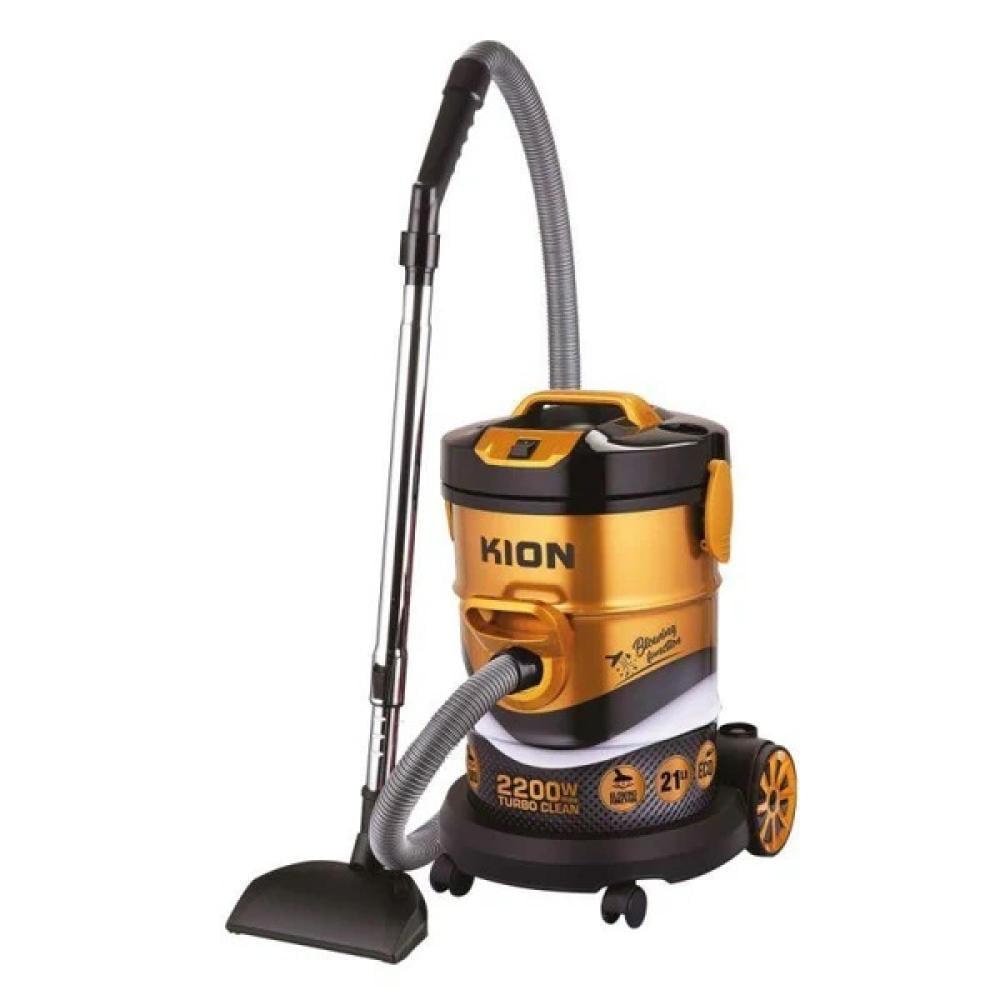
Energy-Efficient Features to Consider When Buying a New Vacuum Cleaner
When choosing a new vacuum cleaner, energy efficiency should be a top priority. Here are some features to look for:
- Energy Rating: Check for an energy label or rating. The higher the rating, the more energy-efficient the vacuum is.
- Adjustable Power: Look for vacuums with adjustable suction settings. This lets you use less energy on easy-to-clean surfaces.
- Motor Type: Opt for a vacuum with an energy-efficient motor, like a brushless motor, which uses less watts.
- Dust Bag Indicator: A full dust bag can reduce efficiency. Vacuums with this indicator remind you to empty the bag, saving energy.
- Auto Shut-Off: Some vacuums automatically turn off when not in use, reducing energy waste.
- Cordless Models: Cordless vacuums are often more energy-efficient, but verify their wattage and runtime balance.
By looking for these features, you can ensure the vacuum cleaner you choose aids in reduced energy consumption. Remember to combine these energy-efficient features with the wattage guidelines discussed in the blog for a cleaner that meets both your cleaning needs and energy-saving goals.
